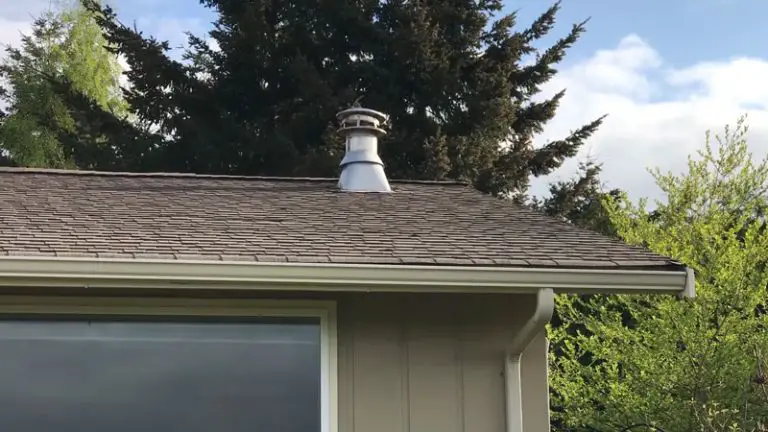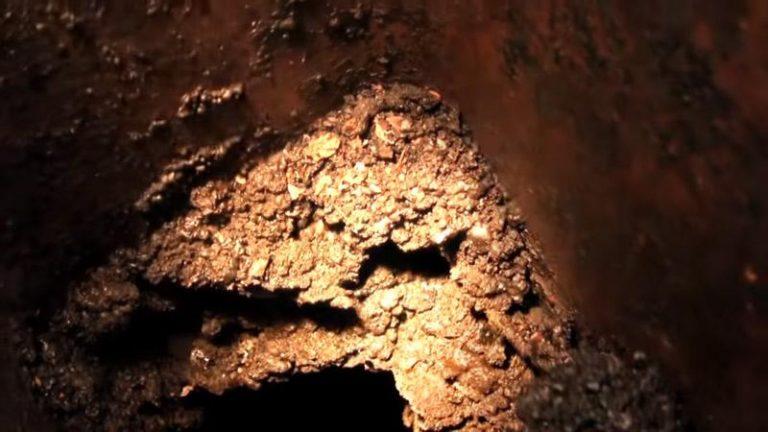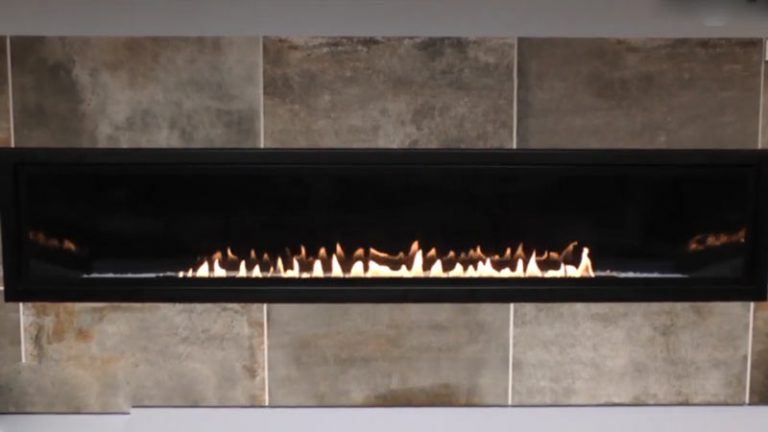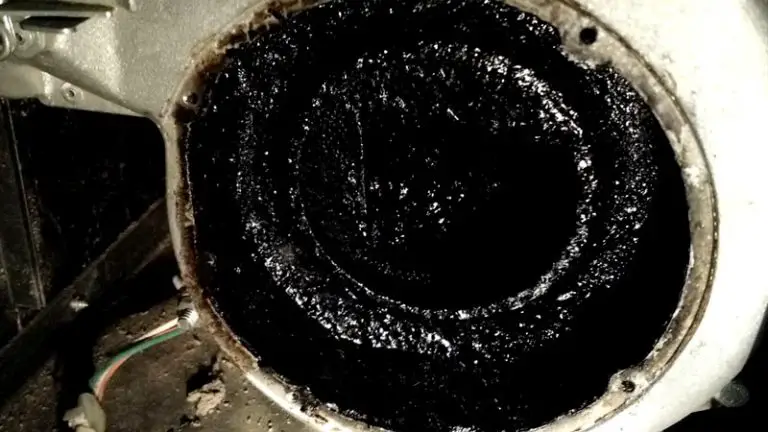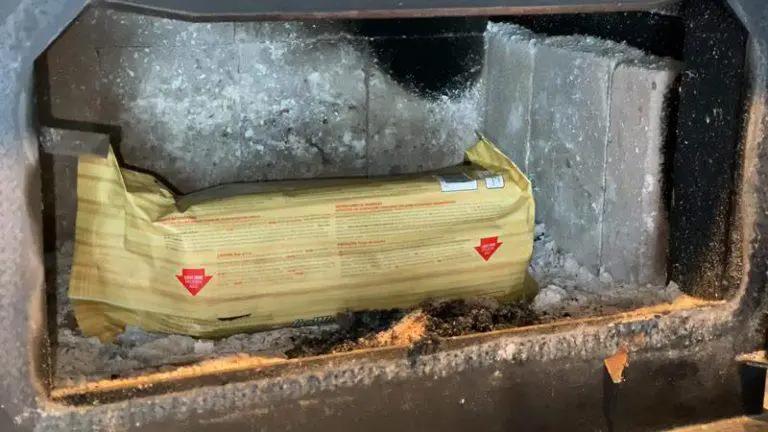Why Does My Wood Stove Smells Like Burning Plastic
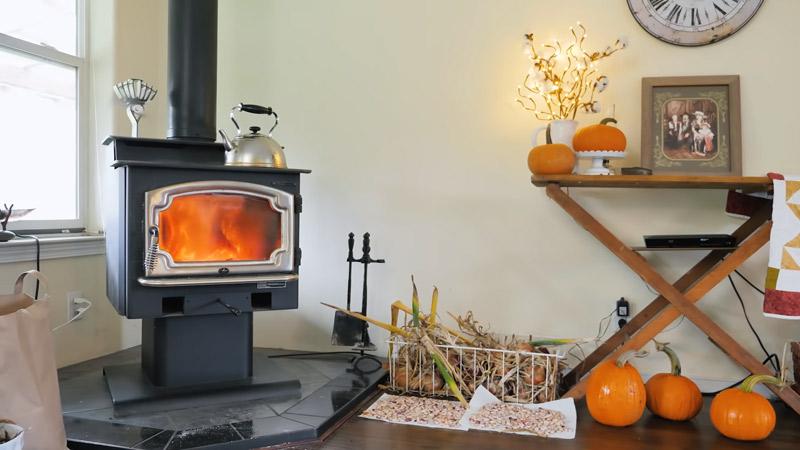
If your wood is excessively moist, you may experience problems with it such as rotting or damage. Make sure there’s adequate airflow through the fireplace and stove by checking for drafts and any obstructions.
Damaged or foul-smelling wood can be a sign of an improperly adjusted fireplace/stove draft, obstructed chimney, or too much moisture in the wood itself. To ensure that your wood remains healthy and free from pests and fungus, adjust the fireplaces/stoves according to manufacturer instructions regularly.
You'll Learn About
Why Does My Wood Stove Smells Like Burning Plastic?
If your wood is excessively moist or doesn’t have adequate airflow, the fire will not be able to properly burn and produce heat. A fireplace that isn’t adjusted correctly can cause smoke and fumes to escape, as well as a bad odor in the room.
If there’s debris or mud blocking your chimney, the draft from the fireplace/stove won’t be able to circulate properly and it will start to smolder and emit a foul smell. If your home has an improperly installed ceiling fan or air conditioning unit that restricts airflow through walls/floors, this can also contribute to poor wood burning conditions.
Too Much Moisture In Wood
Wood stoves can often absorb moisture from the air, leading to a smell that some people describe as burning plastic. If you notice this smell, it is important to dry out your wood stove and ensure there is no excess moisture in the environment.
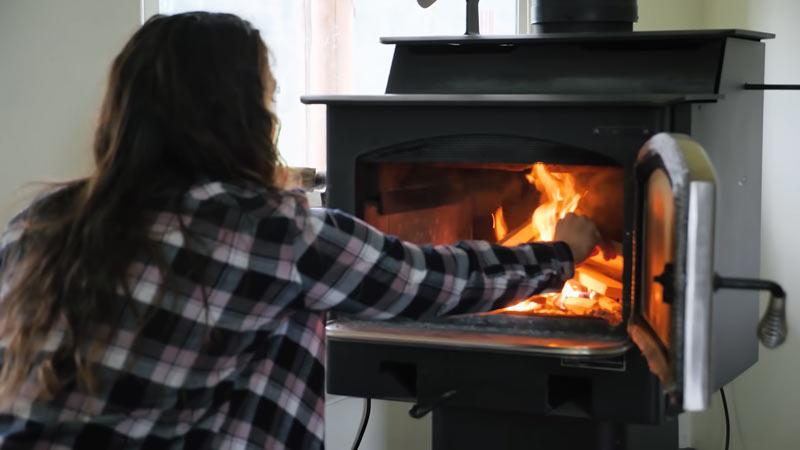
You can also reduce or eliminate this odor by using an air purifier specifically designed for wood-burning appliances. If all else fails, you may need to call a professional service company to resolve the issue once and for all. Keep in mind that if your home’s climate is humid, adding a dehumidifier may be necessary too.
Not Enough Airflow Through Fireplace/Stove
Poor air circulation through the fireplace or stove can cause a burning plastic smell. Check for blockages in the chimney and vents, which will allow more airflow.
Open all of the windows in your home to increase ventilation and help remove stale smoke smells. Keep newspapers and other materials that produce smoky fumes away from your fireplaces during cold weather months to reduce this issue altogether.
A fireplace should be used sparingly as they consume lots of energy – use them when you really need its warmth.
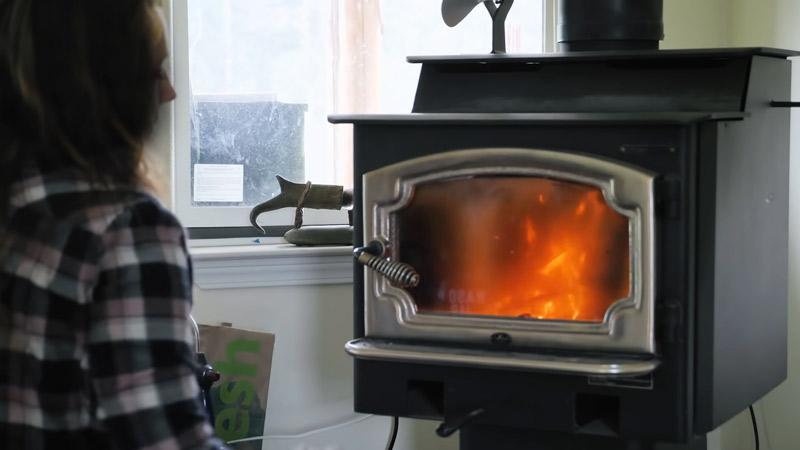
Damaged Or Foul Smelling Wood
If your wood stove smells like burning plastic, it may be time to have it checked out by a professional. A build-up of creosote in the chimney can cause this smell.
Cleaning the flue and using a proper air filter could solve the problem. You might also notice an odor if there is damage to the wood or metal parts of your stove. If you cannot identify the source of the smell, contact a specialist for assistance.
Improperly Adjusted Fireplace/Stove Drafts
If the draft from your fireplace or stove is not properly adjusted, you may be smelling burning plastic. Check to see if there are any obstructions in the air flow such as leaves, curtains, or furniture nearby that could be blocking the draft.
To adjust the draft, open all of the damper settings on your fireplace/stove and test each one until you find one that creates a good flame without smelling like burning plastic. Make sure to check for proper alignment of your chimney flue and firebox before adjusting anything else.
This will help keep sparks from flying into the living area during combustion You can also try using an oil-burning appliance instead of a wood-burning one if this problem persists.
Obstructed Chimney
If the obstruction is on or near the chimney, use a brush to sweep it away and open up the flue. In order to avoid this problem in the future, have your chimney inspected by a professional every few years.
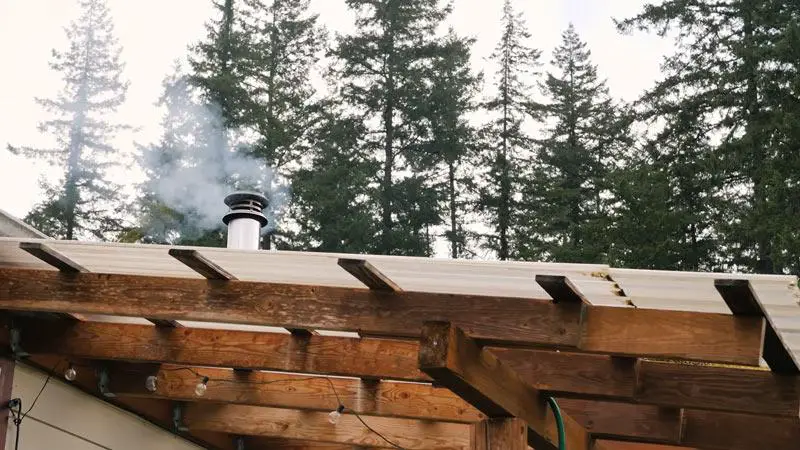
Cleaning products that contain chemicals can cause an unpleasant odor when they’re used around wood stoves – try using mineral oil instead. A build-up of soot over time will also produce that burning plastic smell. Take measures to prevent this by regularly cleaning the exhaust pipe and firebox area of your stovetop with a stiff brush or wire wool.
Finally, if all else fails and you still experience an unpleasant odor coming from your wood stove, call for service.
What does it mean if you smell burning plastic?
If you smell burning plastic, there is a good chance that something has gone wrong with the engine or one of its parts. Burning plastic means that the material is being heated up so much that it begins to break down and emit an unpleasant odor.
Problem In The Kitchen
If there was some problem in the kitchen and something started burning, that could be the source of the smell of burning plastic. This type of accident can cause a lot of smoke and heat which can lead to a smoky odor in your home.
HVAC System May Be Breaking Down
If you’re noticing a strong smell of burning plastic, it may be because your household appliance is overheating or breaking down. A failing heating or cooling system may result in intense flames and eventually produce this unpleasant odor.
Heaters and Furnaces May be About To Burn Out
When appliances start emitting thick smoke or they start making unusual noises, it’s usually time to call for help. If you see black soot coming out from under the hoods or vents on your furnaces, then you should take action right away before anything goes wrong.
What to do if it smells like burning plastic?
If you smell a burning odor, it’s important to check for any signs of an electrical fire. Once you determine the source of the smell, take appropriate action: disconnect all outlets and circuit breakers; try to find the cause using inspections or tests; if all efforts fail, call a professional.
Be mindful not to alarm your family unnecessarily – some smells may be due to harmless causes like cooking foods or pets rather than something dangerous like an electrical fire.
Should wood burning stove smell?
If you have a wood burning stove, it is important to keep an eye on the smoke and flames. If there is too much smoke or fire coming out of the chimney, it may be an indication that something is wrong with the appliance.
In particular, check for signs that the fuel supply has been cut off (for example, by ice). If these are present, please call a professional immediately. It’s important to keep your wood burning stove clean in order to avoid any unpleasant smells.
Dirty surfaces will release toxins into the air, which can cause a bad smell in your home. Make sure you have enough fuel in the firebox of your wood burning stove at all times so that it is always ready to go when you need it. If there are not enough combustibles available, the stove will not be able to generate heat which may result in an unpleasant odor.
Keep the chimney clear of snow and ash at all times so that harmful particles do not build up over time and create an unclean environment for your woodburning appliance. Check for leaks around doors, windows, and air vents before they become a problem – if these areas start leaking smoke or flames then you should take action right away. Leaks can quickly turn into major fires if left untreated.
Install a smoke detector near where people sleep or spend most of their time inside their homes in order to ensure timely warning when there is danger present.
Is smell of burnt plastic toxic?
If you smell burning plastic, there is a good chance that it’s toxic and you should take precautions to avoid contact with the material. The symptoms of toxic burned plastic can be serious if not treated quickly, so don’t ignore the smell.
There are several ways to get rid of the smell of burned plastic, but be sure to use caution when doing so as some methods could be dangerous. If you notice any signs of toxicity after being in close proximity to burnt plastics- such as nausea or dizziness- seek medical attention immediately.
Remember: always wear safety goggles and gloves when handling anything which may contain chemicals or burn easily
What does carbon monoxide smell like?
Carbon monoxide (CO) is a poisonous gas that can come from faulty appliances or engines. It smells like rotten eggs and is very dangerous if inhaled. If you smell CO in your home, it’s important to get out of the room and call for help.
Carbon monoxide (CO) is a dangerous gas that can be deadly if you’re exposed to it. CO is invisible, odorless, and tasteless, making it difficult for people to detect it until it’s too late. In fact, carbon monoxide is one of the most common gases responsible for unintentional poisoning in the US.
When you breathe in air containing high levels of CO, your body cannot break down the gas fast enough, and starts to accumulate in your bloodstream. This can cause serious health problems including brain damage or death. If you think someone may be exposing themselves to harmful levels of CO, take immediate action.
If there are any children present, make sure they are safe and get them out as well. There are simple steps everyone can take to protect themselves from exposure to carbon monoxide: install an emergency alarm system:
- Keep all windows closed when not in use
- Avoid using generators indoors
- Keep flammable materials away from open flames
- Maintain proper ventilation systems in homes by keeping doors and windows opened during warm weather months
- Never smoke inside – even if you have a fireplace or wood burning stove
To Recap
There are a few potential causes for your wood stove to smell like burning plastic, and each will require a different treatment. If the source of the odor is coming from the chimney, then it may be caused by creosote build-up.
If the odor is coming from elsewhere in the stove, it’s likely that something has caught on fire and you’ll need to call a professional to investigate. Finally, if your wood stove smells like burning plastic even when there isn’t any visible smoke or flame, it might be time for a new furnace filter.

